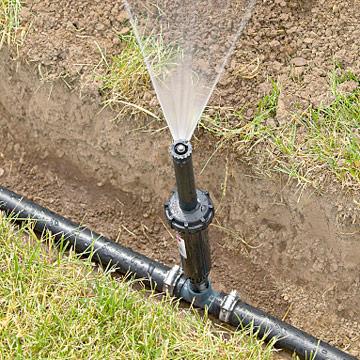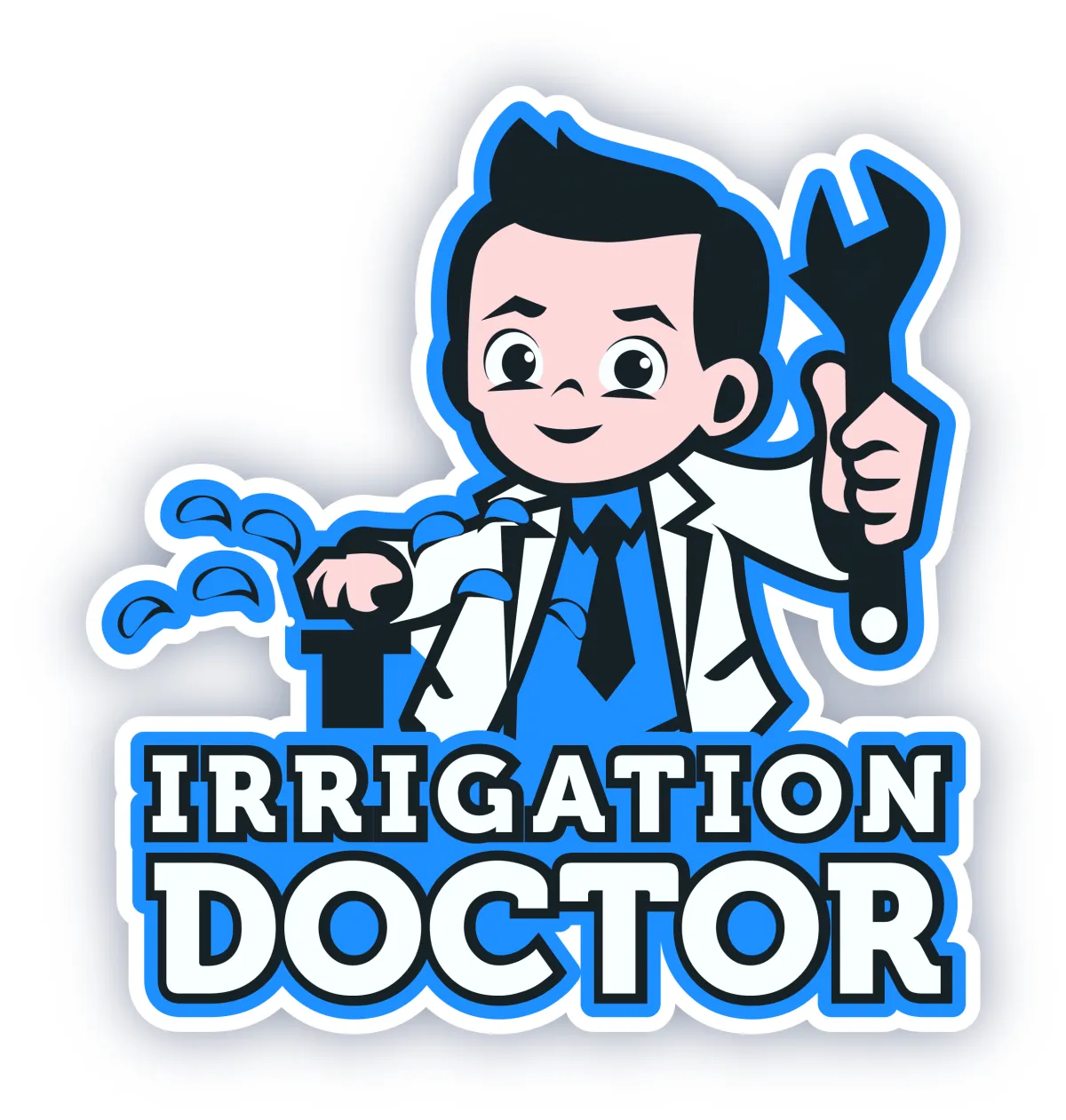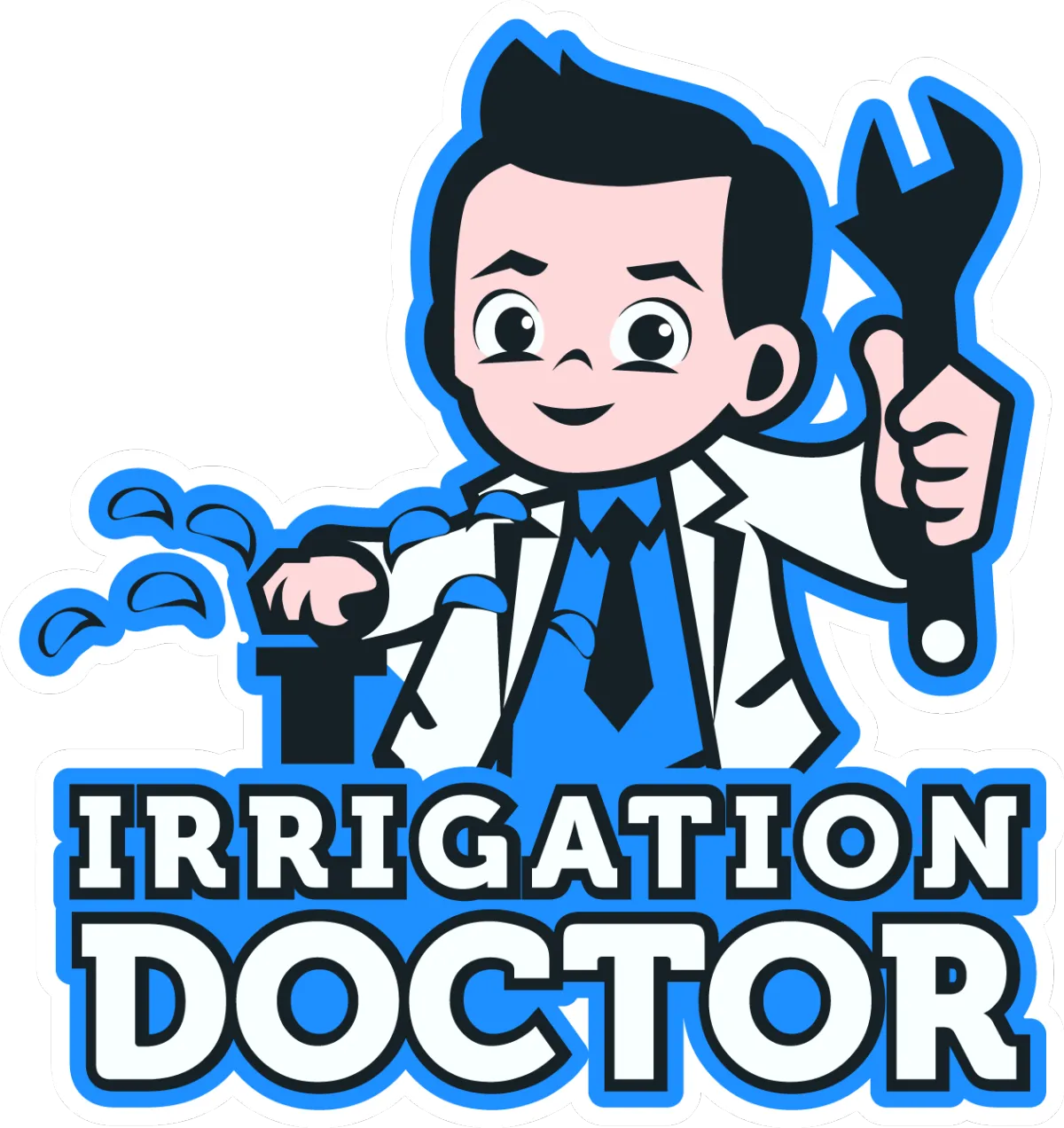
Which Irrigation Saves Water And is Eco Friendly?
Having enough irrigation is just as important as planting healthy seedlings. The average American shower lasts more than 8 minutes. It uses roughly 17 gallons of water at an estimated 2 gallons per minute, illustrating how easily people in the United States may take sustainable irrigation for granted. Sustainability is equally as important as cleanliness. A few sustainable irrigation systems are available for use in farming that reduces water waste, which is especially important in arid regions.
The Water Supply for Farmers
In many parts of the world, surface water is the only source of irrigation for rural farmers. Water near the surface is different from water in the subsurface. Water can be collected from natural ponds, streams, and rivers or sourced from artificial reservoirs and ponds. This is for those who have learned to collect water during the dry seasons or have the good fortune to live near a source of fresh water.
Farmers also rely heavily on groundwater, which is a naturally occurring resource. Being subterranean, this water source might be trickier to access. A well must be dug down to the water table, or a pump must be built to bring the water back up to the surface for use. The effort, time, and money needed to dig a well are substantial. The United Nations encourages environmentally sound irrigation practices by encouraging researchers to find more efficient means of achieving this.
Methods for Environmentally Sound Watering Systems
There are benefits and drawbacks to using any of these sustainable irrigation strategies. The need for greater resources (in terms of time or money) is the primary drawback of using a more effective method. It doesn't cost much to divert a stream or pump groundwater onto a field with furrows dug in it. This furrow system allows water to quickly flood a field without washing away seeds or destroying crops. This method of watering crops is known as flood or furrow irrigation. However, a lot more water is used than is required.
· While flood irrigation may work in the short term, installing sprinklers or pumping water underground are more sustainable options. We can reduce consumption by controlling where and how much water is used. But these pumps need a preliminary expenditure and regular maintenance. Thinking about things like gasoline and parts while shopping for farming machinery is important. Thankfully, the United Nations is working with groups worldwide to bring solar and mechanical pumps to agricultural areas that lack access to reliable electricity. The bicycle- or "Stairmaster"-looking mechanical pumps are effective.
· Drip irrigation is the greenest method of watering plants. Pumps and tubes are used in drip irrigation. The tubes can be buried alongside the plant's roots or suspended. The water is forced down the tubes and eventually escapes through tiny openings. There is a wide variety of intricate setups for these systems.
Prospects for the Future
Throughout the world, farmers rely on eco-friendly irrigation systems. There are many options for farmers to choose from, and they vary depending on the resources they have at their disposal. Dry-area farmers must have access to water to keep growing crops and making a living. In order to ensure the success of your farm or garden, you need to have Irrigation Repair Greenville, SC take care of your irrigation systems and oversee their installation.


